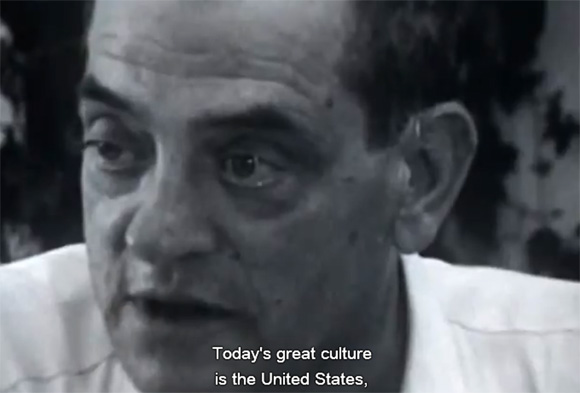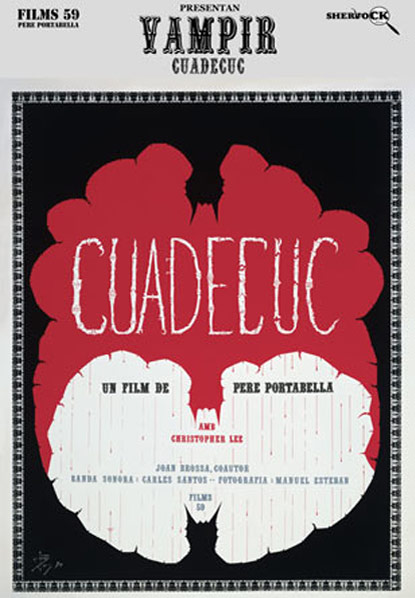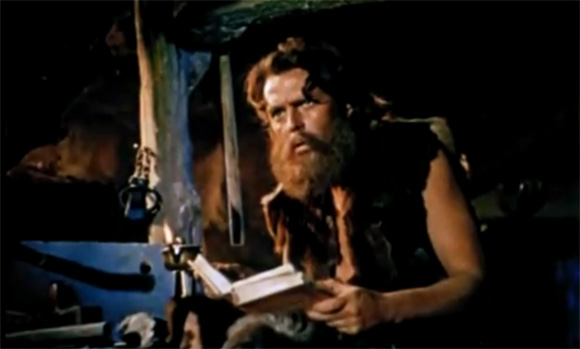
Spanish film director and original member of the Surrealist movement, Luis Buñuel, directed this version of Daniel Defoe’s ‘Robinson Crusoe‘ in 1954. It’s a very good and straightforward telling of the story with a totally convincing island locale. The Defoe novel is now more important reading than it’s ever been. That’s because it is the greatest story ever told about being alone with one’s self. All you have to do is live in Los Angeles for a while with your eyes open to understand how few people want to ever be alone with themselves. You see this problem with people very clearly when they break up with significant others and immediately slide into whatever relationship presents itself. It signifies a profound weakness of mind and character. Defoe wrote about the intricate workings of a mind alone with itself and the unexpected joys and truths one discovers in one’s self. So, read the book. It’s a tough book, full of very fine sentences and very subtle thought. Give it a try.
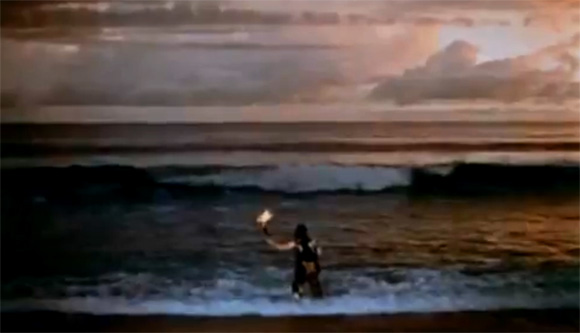
If you are so inclined, you can listen to the entire book right here because I sat down and read the whole thing into a microphone several years ago. But I suggest you listen now and then while making your way through the book on your own.
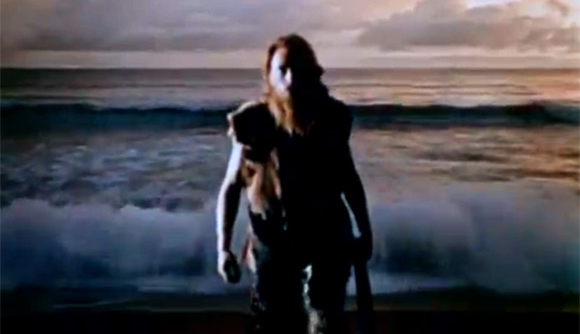
Here’s an article on Luis Buñuel at the Senses of Cinema site.
